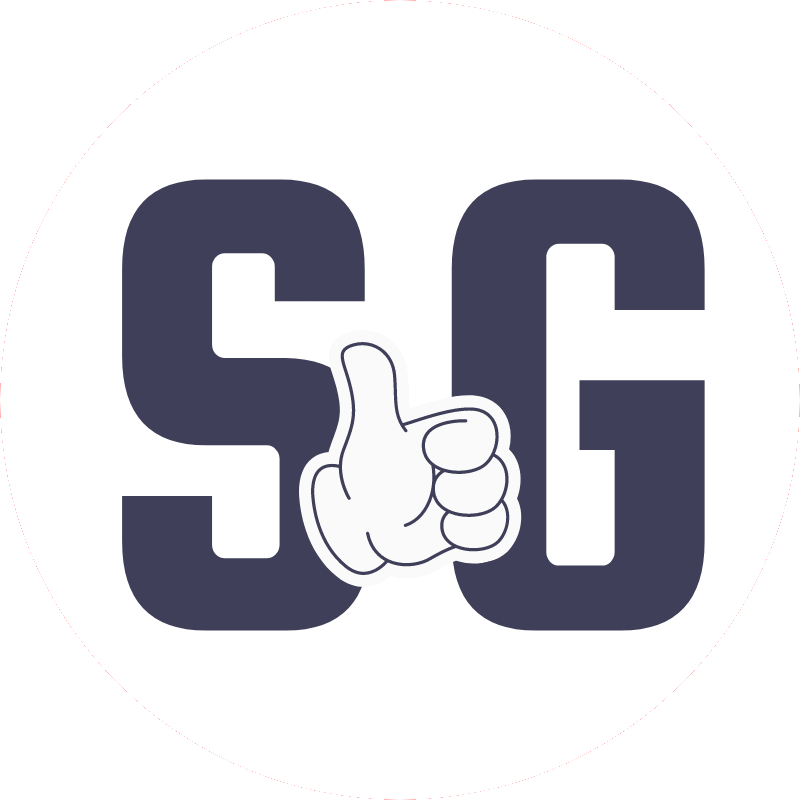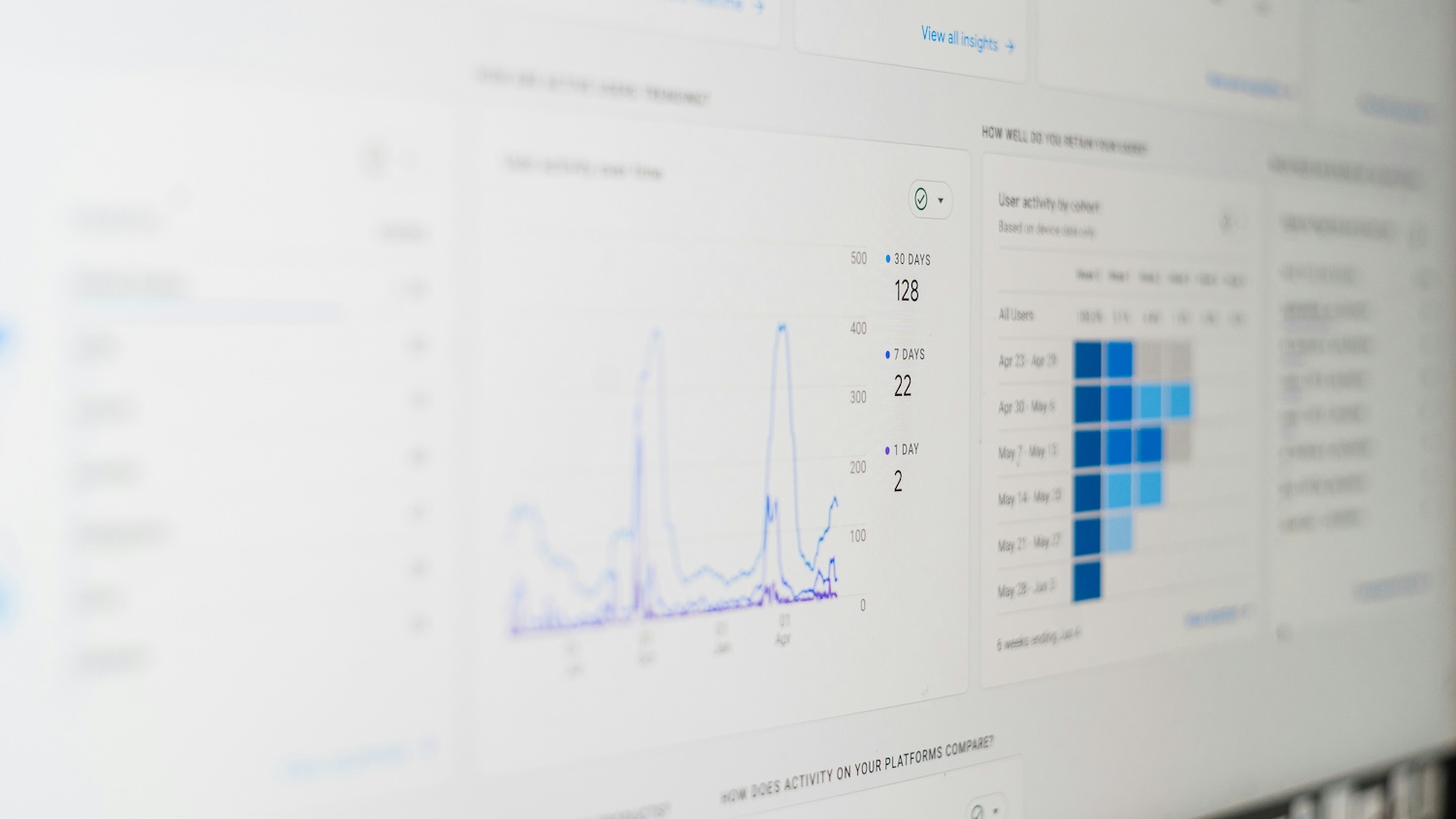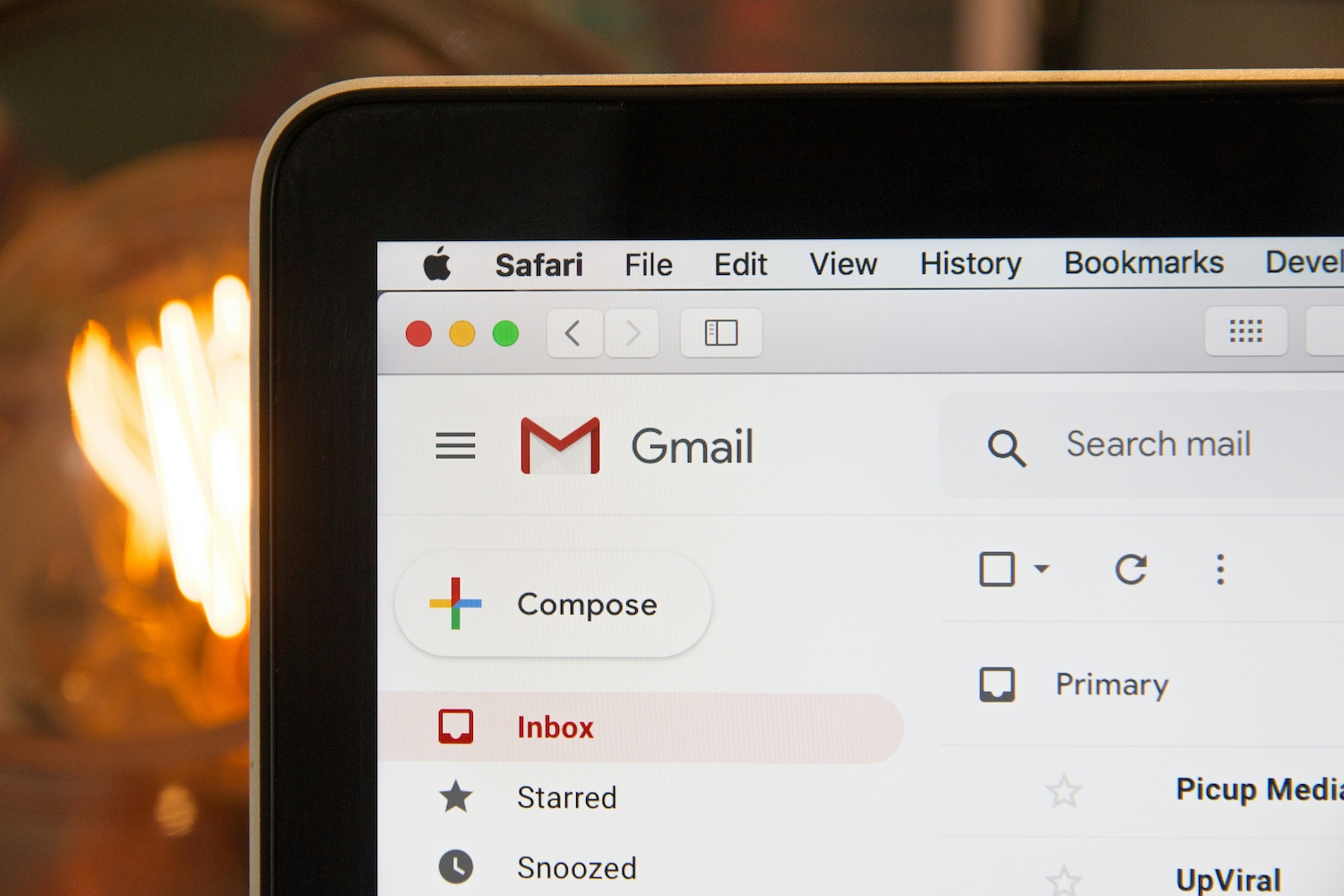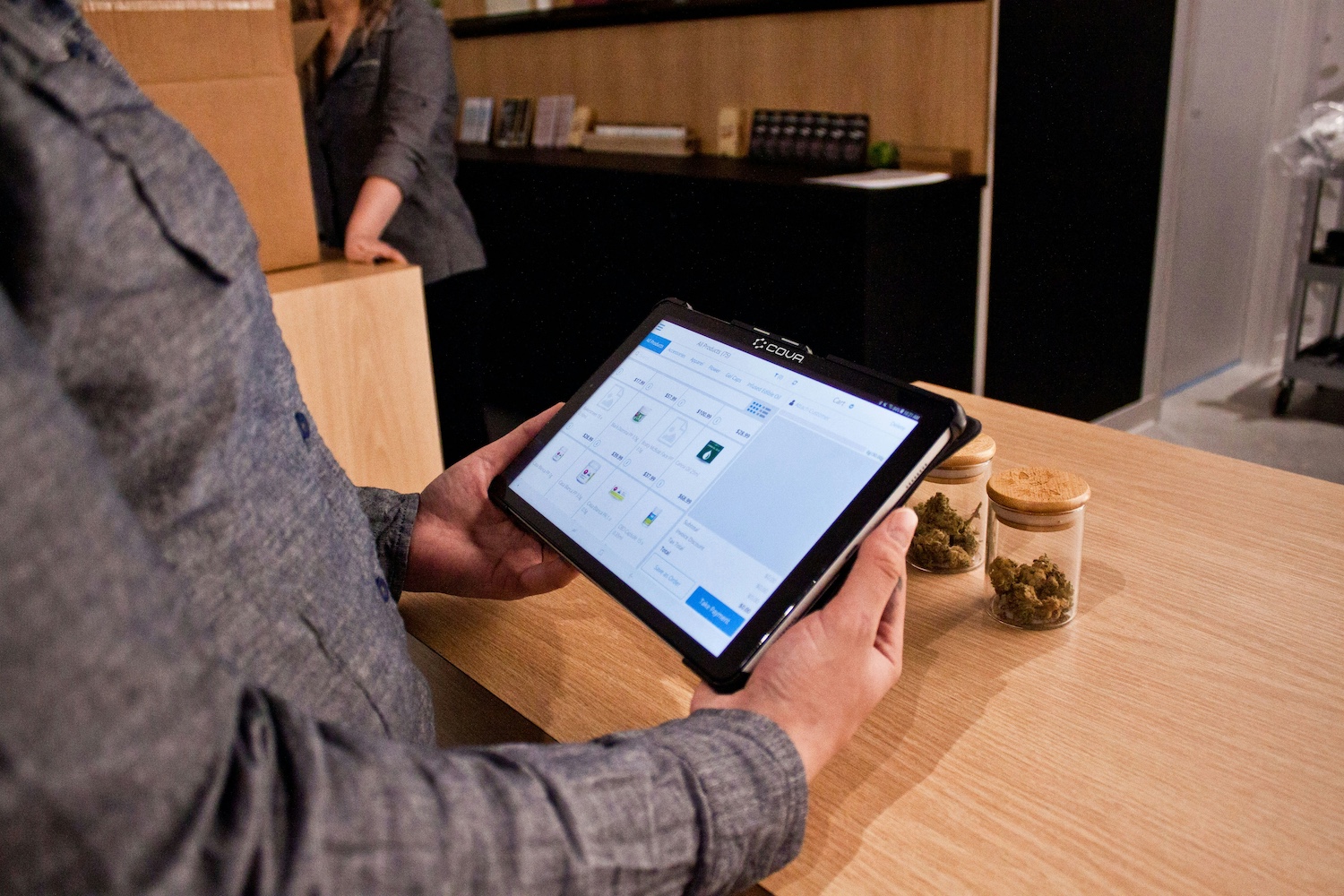· Marketing · 3 min read
Mastering Google Ads Automation: Strategies for 2024
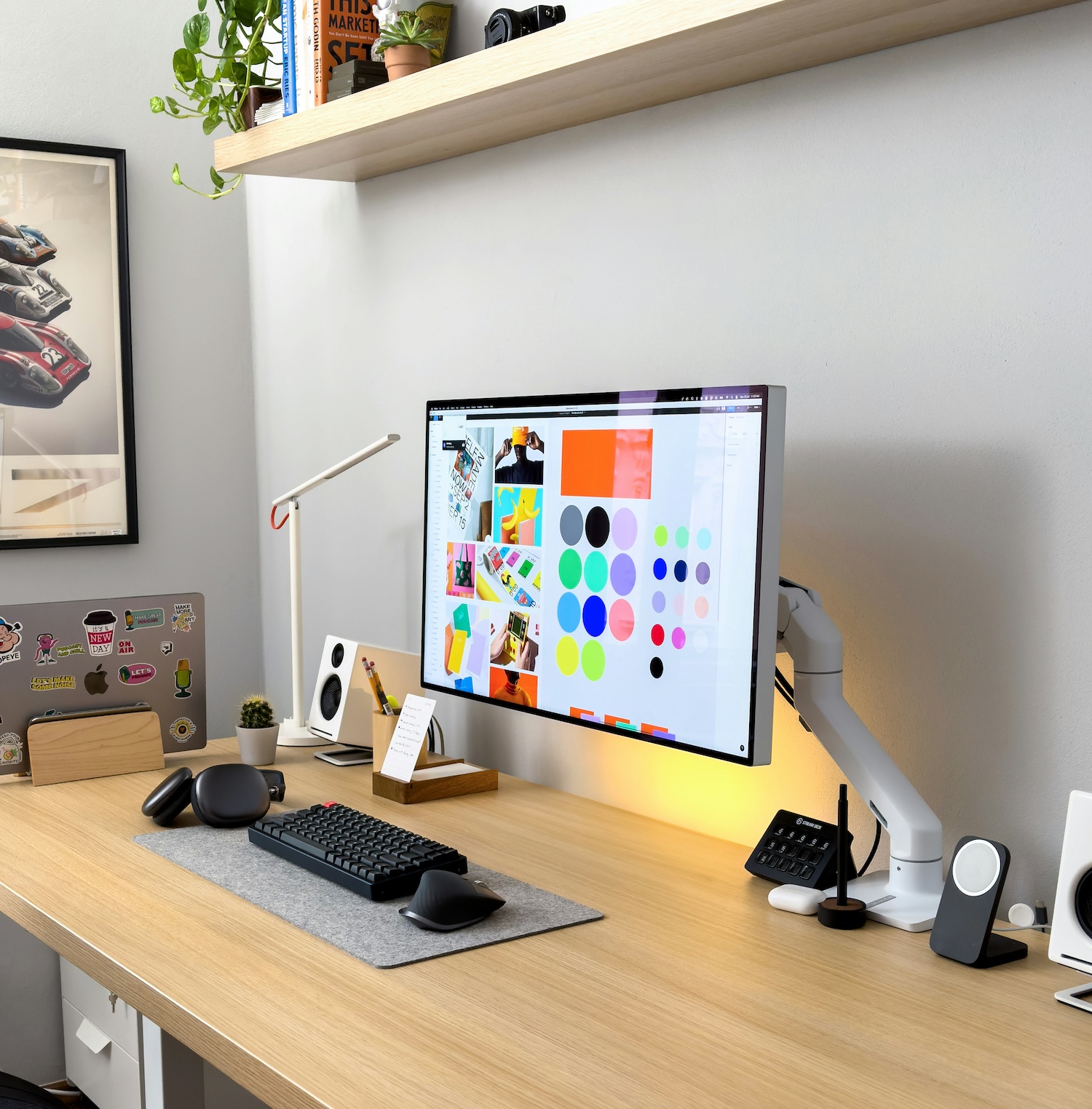
In 2024, automation has become an integral part of successful Google Ads campaigns. This post delves into the latest automation features and strategies to help you streamline your campaigns, improve performance, and stay ahead of the competition.
Smart Bidding Advancements
AI-Powered Bidding Strategies
Google’s machine learning algorithms have become even more sophisticated:
- Predictive Bidding: Uses historical data and market trends to anticipate conversion likelihood and adjust bids in real-time.
- Cross-Channel Bid Optimization: Automatically adjusts bids across Search, Display, and Video campaigns for a holistic approach.
Best Practice: Start with a Target ROAS or Target CPA strategy and gradually give the system more control as it learns and improves.
Automated Campaign Structure
Dynamic Campaign Generation
Google now offers tools to automatically create and manage campaign structures:
- AI-Driven Ad Groups: Automatically groups keywords and creates ad groups based on landing page content and user behavior.
- Dynamic Asset Creation: Generates ad assets (headlines, descriptions, images) based on your website content and campaign goals.
Tip: Regularly review and refine the auto-generated elements to ensure they align with your brand voice and objectives.
Script Automation and APIs
Advanced Customization
For advertisers who need more control, Google Ads scripts and APIs have evolved:
- Natural Language Script Generation: Use AI to generate custom scripts by describing your automation needs in plain language.
- Automated Reporting: Create scripts that automatically generate and distribute custom reports to stakeholders.
Action Item: Invest time in learning basic scripting or partner with a developer to create custom automations tailored to your specific needs.
Automated A/B Testing
Continuous Optimization
Google’s automation now extends to testing and optimization:
- Auto-generated Experiments: The system automatically creates and runs experiments to test different campaign elements.
- Real-time Adjustments: Implements winning variations immediately without manual intervention.
Strategy: Set clear testing hypotheses and monitor experiments closely to ensure they align with your overall marketing goals.
Voice and Visual Search Automation
Adapting to New Search Behaviors
As voice and visual searches become more prevalent, automation helps you stay relevant:
- Automated Voice Match: Adjusts ad copy to match natural language patterns used in voice searches.
- Visual Search Optimization: Automatically tags and optimizes product images for visual search results.
Focus Area: Ensure your product feed and website images are high-quality and properly tagged to take advantage of visual search opportunities.
Conclusion
Embracing automation in Google Ads is no longer optional – it’s a necessity for staying competitive in 2024. By leveraging these advanced automation features, you can free up time for strategic thinking, creative development, and analyzing broader market trends. Remember, the goal of automation is not to replace human expertise but to enhance it, allowing you to focus on high-level strategy while the machines handle the day-to-day optimizations.
Stay curious, keep experimenting with new automation features, and always be ready to adapt your strategies as the digital advertising landscape continues to evolve.
